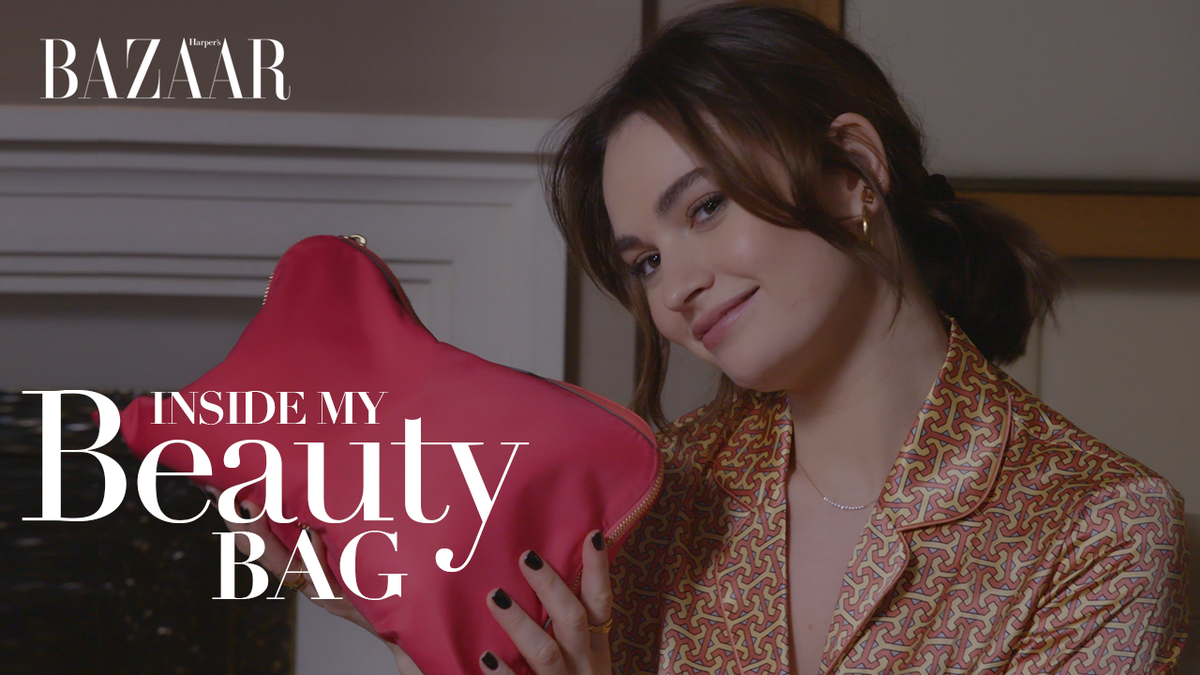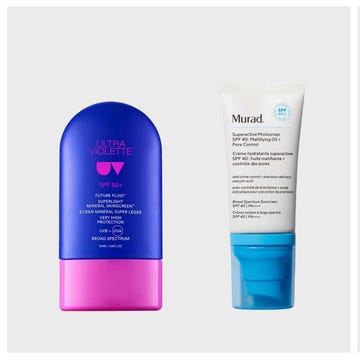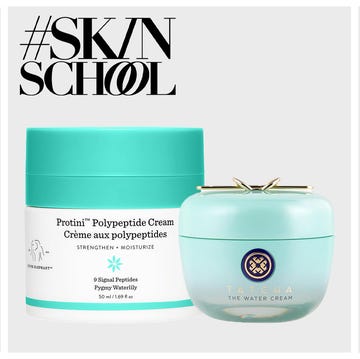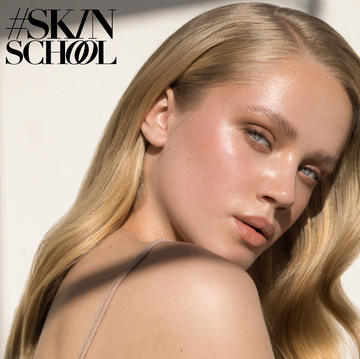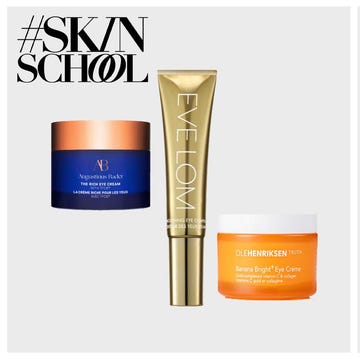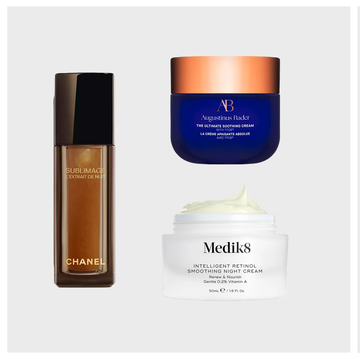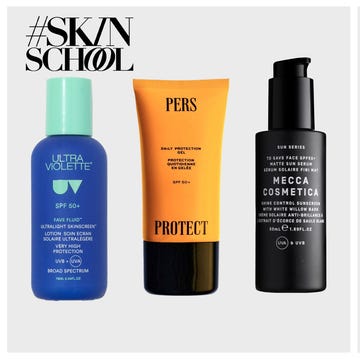We earn a commission for products purchased through some links in this article.
The best skincare to rely on when you have rosacea
The different types of rosacea can make the condition tricky to spot and even harder to treat; here’s what works (and what doesn’t)
Asked to describe rosacea, I might previously have related flushed cheeks, a red nose and generally a complexion feeling the heat, but little did I know that the blooming pinpoint pustules across my chin and nose were indeed a form of the condition. What was previously diagnosed as everything from acne to impetigo to dermatitis by various GPs over the years was eventually identified as papulopustular rosacea. One of the four subtypes of rosacea, it's characterised by tiny red or white inflammatory pustules that commonly appear in the centre of the face, alongside generalised redness and a distinct stinging sensation (a warning sign that, for me at least, a flare-up is nigh).
Best rosacea-soothing skincare
How do you know you have rosacea?
Estimated to affect just over five per cent of the global population, rosacea is more common in women than men, with a 2024 study finding that the highest prevalence of the condition is in the 25-39 age group, contrary to previous evidence which showed that those 40+ were the most susceptible.
Perhaps due to this, conflating papulopustular rosacea with acne in younger patients is a mistake made even by healthcare professionals, but, frustratingly, skincare regimes for acne can often aggravate rosacea. Likewise, the steroid cream I was prescribed for suspected impetigo threw fuel onto my own personal rosacea fire, causing pustules to multiply at an alarming rate.
"Choosing skincare that’s tailored to the type of rosacea you have can make all the difference"
It’s for these reasons that Dr Anjalo Mahto, consultant dermatologist and founder of Self London, stresses the importance of getting an accurate diagnosis – not just of rosacea itself but of your particular subtype. “Choosing skincare that’s tailored to the type of rosacea you have can make all the difference. Avoid self-diagnosing or using online dermatology platforms and see a consultant dermatologist if you can.”
Just one visit can set you on the right path, reducing the likelihood of recurrent flare-ups and resultant post-inflammatory pigmentation. I found a trip to see the consultant dermatologist Dr Alexis Granite to be a game-changing investment that soothed both skin and mind (the late-night Google image searches were getting out of hand). Once you know what you’re dealing with, you can assemble a dermatological toolkit to keep rosacea symptoms under control – and address them when they do surface.
What does a dermatologist recommend for rosacea?
For the catchily named erythematotelangiectatic rosacea, or ‘subtype one’, typified by “redness and broken blood vessels”, Dr Mahto recommends looking to products containing soothing niacinamide and azelaic acid. I consider the latter ingredient the holy grail in my own skincare routine for its pustule shrinking prowess, and Dr Mahto confirms that it’s highly effective for treating papulopustular rosacea (subtype two), especially when combined with “gentle, non-comedogenic products”.
For the more severe but far less common rhinophymatous rosacea (‘subtype three’), Dr Mahto highlights that “mild exfoliants can help, but this form of rosacea will most likely require a dermatologist’s advice”. The same goes for ocular rosacea (‘subtype four’), where prescription steroid eye drops might be necessary to ease inflammation and prevent infection.
"There’s a lot to be said for keeping your rosacea skincare routine simple and streamlined"
No matter which form of rosacea you have, SPF is a must, particularly given that UV exposure is a common flare-up trigger. Chemical sunscreens can spike irritation in sensitised skin, so Dr Mahto advises opting for “a physical sunscreen containing zinc oxide or titanium oxide to avoid this”.
Speaking of flare-ups, having an SOS skincare stash to hand can help to put aggravated skin back into neutral. “Keep some soothing essentials in the bathroom cupboard such as a gentle, fragrance-free cleanser and thermal water spray to cool the skin,” suggests Dr Mahto. “Ingredients such as colloidal oatmeal and aloe vera are really helpful for reducing redness and calming inflammation too, and a barrier repair cream with ceramides or panthenol is important for recovery.”
Skincare to avoid when you have rosacea
On the whole, it’s wise to swerve overly stimulating ingredients. As cooling as menthol might seem for hot, reddened skin, it’s one of the key culprits for irritation according to Dr Mahto, alongside alcohol and synthetic fragrances. Treat exfoliants with caution too, as “abrasive exfoliants and high-strength acids can worsen sensitivity,” she says.
There’s also a lot to be said for keeping your rosacea skincare routine simple and streamlined. “Overusing skincare products or layering too many actives together may overwhelm sensitive skin, so stick to a minimal regime focused on hydration and soothing ingredients, and patch-test any new products to prevent reactions.” While we can’t patch-test the following products for you, all have passed muster with Bazaar’s resident rosacea correspondent, whether for keeping things serene day-to-day or addressing acute flare-ups.
The best skincare for rosacea to try now
